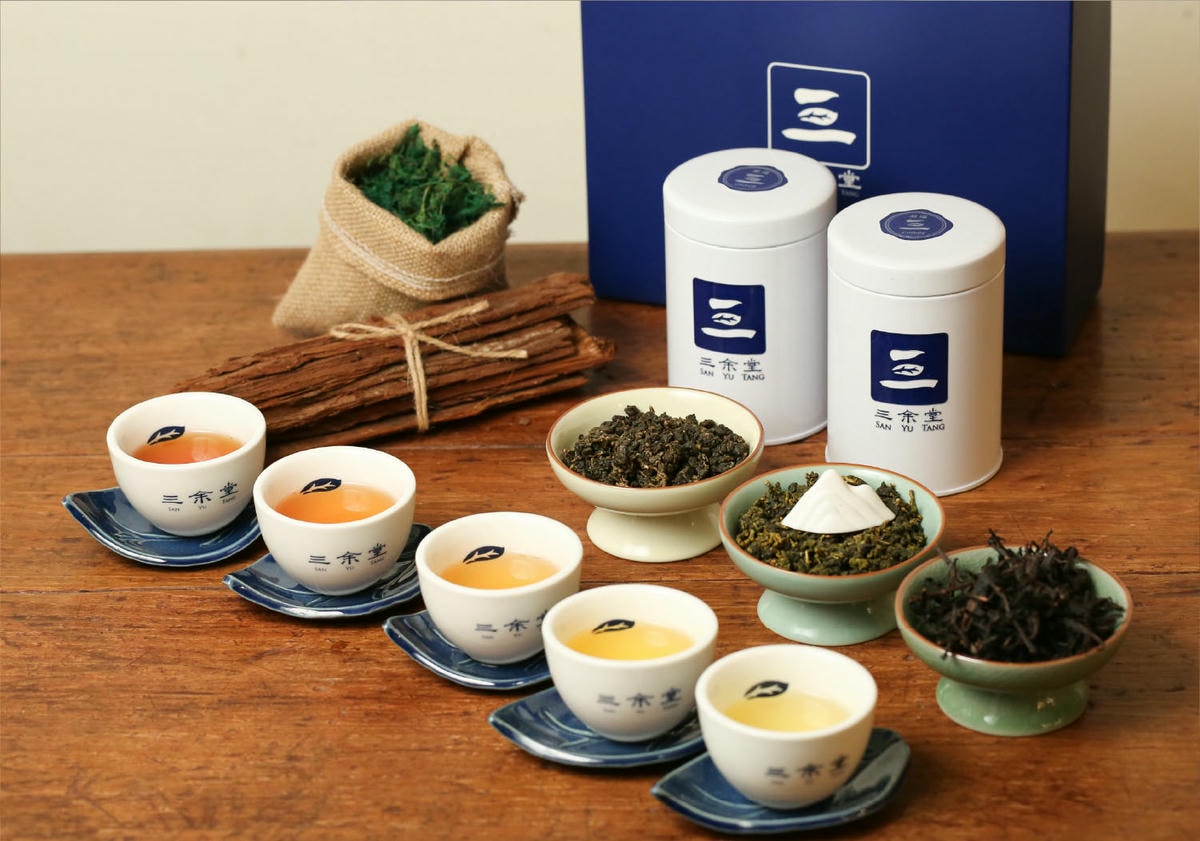The classification of tea can often be confusing. For example, black tea and green tea are not specific tea varieties, but rather refer to different levels of oxidation (fermentation).
All tea varieties, if processed immediately after picking with heat treatment (kill-green) to prevent oxidation, are considered green tea. On the other hand, allowing the leaves to fully oxidize results in black tea. Based on fermentation level and processing method, tea is generally classified into six main categories: green tea, yellow tea, white tea, oolong tea (also known as blue tea), black tea, and dark tea (post-fermented).
Here’s how they break down:
- Green and yellow teas are non-fermented
- White and oolong teas are partially fermented (with oolong and Oriental Beauty commonly falling under this category)
- Black tea is fully fermented
- Dark tea (such as pu-erh) is post-fermented, aged for months or years and fermented by beneficial microbes
You can often identify tea types by the color of the brewed tea—darker teas typically indicate more oxidation.
In principle, any tea cultivar can be processed into any of the six categories, but each cultivar has its optimal use. For instance, Qingxin Oolong performs best as a semi-fermented oolong, offering excellent flavor, while Ruby 18 (Taiwan Tea #18) shines as a fully fermented black tea.
If you’re curious about tea cultivars and classifications, you’re warmly invited to visit a Sanyu Tang shop. Our team would be happy to brew you a cup and share more insights with you in person!

